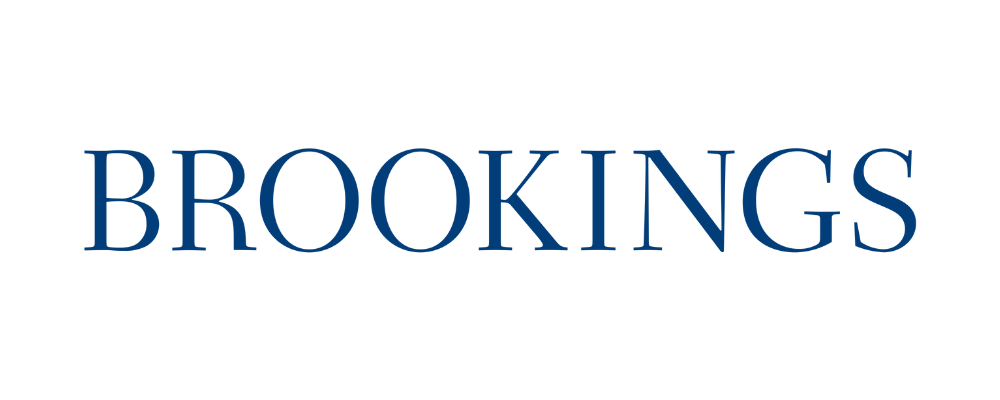What’s the latest thinking in fiscal and monetary policy? The Hutchins Roundup keeps you informed of the latest research, charts, and speeches.
Taxpayers in the 90th to 99th percentile of the income distribution are responsible for the majority of the $500 billion in taxes that go unpaid every year. Using internal IRS information, William C. Boning of the U.S. Treasury and co–authors find that auditing these earners could generate revenues which exceed their costs more than 12 to 1. This return comprises both the audit’s direct revenues and the additional revenues generated from increased compliance of the audited taxpayers in the 14 years following the audit. Accounting for the potential effect of higher audit rates on tax compliance more broadly could substantially raise the projected revenues from audits, they say.
The distribution of earnings among workers in the top 10% of the income distribution has become increasingly unequal over the past 40 years. Using labor market data from 1980 to 2014, Joshua Gottlieb of the University of Chicago and co-authors find that this largely reflects widening inequality within occupations, rather than between occupations. The authors argue that an increase in income inequality in one occupation can spill over to through consumption to other occupations that provide “non-divisible” services (such as physicians, dentists, and real estate agents.) In other words, the best physicians and real estate agents charge higher prices when income inequality rises, creating higher within-profession income inequality at the top.
Using longitudinal surveys of U.S. workers, David J. Deming of Harvard finds that the college wage premium – how much more a college-educated worker makes than a similar non-college-educated worker – roughly doubles over a worker’s life cycle, from 27 percent at age 25 to 60 percent at age 55. Wage growth for college and non-college-educated workers is similar before they enter the labor force full-time, but quickly diverges as college-educated workers sort into higher-paid occupations, mostly in management or professional services. For college-educated workers, the wage gains from job switching decrease quickly after graduation, and roughly 90% of lifecycle wage growth occurs within-job for this group. Deming argues that occupation sorting is the primary explanation for these results: “Shortly after graduating, workers with college degrees obtain jobs in professional, nonroutine occupations with much greater scope for on-the-job learning and wage growth.”
QUESTION: “What risks are you closely monitoring? How should we think about those risks in the economy more broadly?”
“Thank you for your question. Recently we did experience a period of banking stress. As I look ahead to the economic outlook for the third and fourth quarter, I am monitoring very carefully the possibility of additional tightening from the banking sector with respect to credit. It represents a downside risk for the economy and I’m watching that very carefully. With respect to financial stability concerns, liquidity risk is something that certainly we would want to monitor along with banks’ provision of interest rate risk. So these are factors that we must continue to monitor along with the rapid flight, potential flight, of deposits in banks that have a structure where they depend on a large share of uninsured deposits,” said Philip N. Jefferson, member of the Federal Reserve Board of Governors.
“In addition to that, I’m also looking quite carefully at a weakness in the commercial real estate sector, as the pandemic has had an adverse impact on that sector, it’s certainly the case that loans which are based in commercial real estate are subject to additional risk. And finally, there’s cybersecurity. This is always something that must be monitored so that our financial system is robust to potential bad actors who could compromise our financial system.”
“The Brookings Institution is a nonprofit public policy organization based in Washington, DC. Our mission is to conduct in-depth research that leads to new ideas for solving problems facing society at the local, national and global level.”
“Brookings brings together more than 300 leading experts in government and academia from all over the world who provide the highest quality research, policy recommendations, and analysis on a full range of public policy issues.”
Please visit the firm link to site



